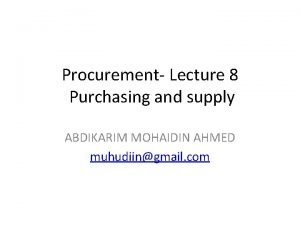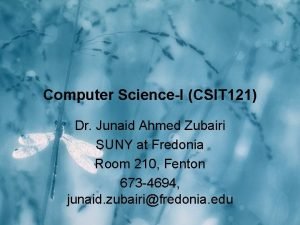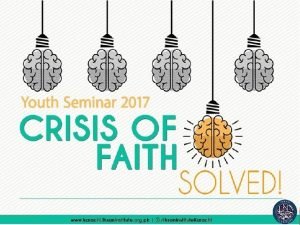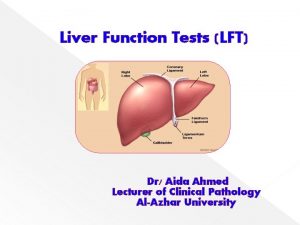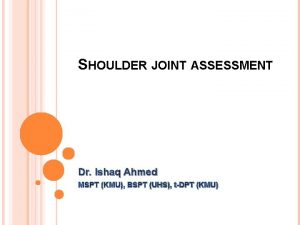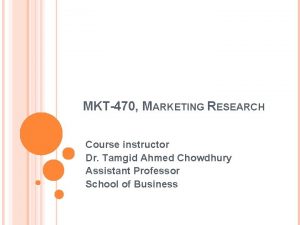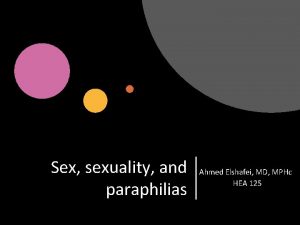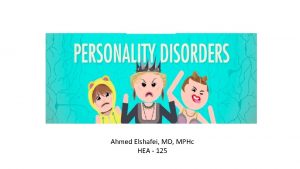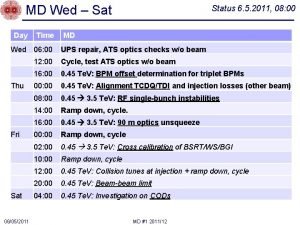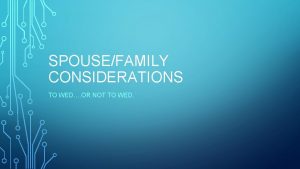Ahmed Elshafei MD MPHc Wed March 6 th
















- Slides: 16

Ahmed Elshafei, MD, MPHc Wed, March 6 th 2019

Personality Disorders • Maladaptive patterns of behavior • Ego-syntonic and lifelong • Inflexibility, one way of responding • All areas of life are affected

Paranoid: • • • Long-standing suspiciousness or mistrust of others Baseline of mistrust Preoccupied with issues of trust Reluctant to confide in others Reads hidden meaning into comments or events Carries grudges Defense mechanism: projection

Schizoid: • • Lifelong pattern of social withdrawal They like it that way • Seen by others as eccentric, isolated, and withdrawn • Restricted emotional expression

Schizotypal: • • • Very odd, strange, weird Magical thinking (including ESP and telepathy) Ideas of reference Illusions Socially anxious Lacks close friends, socially isolated Incongruous affect Odd speech May have short-lived psychotic episodes

Histrionic: • • • Colorful, dramatic, and extroverted Unable to maintain long-lasting relationships Attention-seeking Desires spotlight Uses seductive behavior

Narcissistic: Grandiose sense of self-importance Preoccupied with fantasies of unlimited wealth, power, love Demands constant attention Has fragile self-esteem Prone to depression Meets criticism with indifference or rage Genuinely surprised angered when others don’t do as they want • Can be charismatic • •

Borderline: • • • Very unstable affect, behavior, self-image In constant state of crisis, chaos Self-detrimental impulsivity: promiscuity, gambling, overeating, substance-related disorders Unstable but intense interpersonal relationships Have great difficulty being alone

Borderline: • • • Self-injurious behavior Multiple suicide attempts History of sexual abuse Defense mechanisms: splitting, passive–aggression Women > men 2: 1 5% commit suicide

• Antisocial: • • Unable to conform to rules of society Only personality disorder that requires age 18 for diagnosis Criminal acts: delinquency, theft Truancy Running away Unable to hold a job Unable to maintain enduring attachments

• Antisocial: • • • Reckless Aggressive Show lack of remorse Men > women Can be charming, seductive and manipulative

• Avoidant: Extreme sensitivity to rejection Sees self as socially inept Excessive shyness, high anxiety levels Social isolation, but an intense, internal desire for affection and acceptance • Tends to stay in same job, same life situation, and same relationships • •

Obsessive-compulsive: • • Characterized by orderliness and perfectionism Inflexible Control freak Loves lists, rules, order Does not want change Rigid and excessively stubborn Wants to keep routine

Obsessive-compulsive: Differentiate from obsessive-compulsive anxiety disorder • The anxiety disorder has obsessions and compulsions that are focal and acquired • Personality disorders are lifelong and pervasive

Dependent: • • • Gets others to assume responsibility Subordinates own needs to others Unable to express disagreement Greatly fearful of having to care for self May be linked to abusive spouse

 Ahmed muhudiin ahmed
Ahmed muhudiin ahmed Anthem of poland
Anthem of poland Iti1100
Iti1100 Seyyid ahmed han
Seyyid ahmed han Csit 121
Csit 121 Jean adebambo death
Jean adebambo death Glutamate oxaloacetate transaminase test
Glutamate oxaloacetate transaminase test Chikhaoui ahmed
Chikhaoui ahmed Components of pakistan ideology
Components of pakistan ideology Modelo de ahmed
Modelo de ahmed Forward flexion of shoulder
Forward flexion of shoulder Gemini by ahmed essop questions and answers
Gemini by ahmed essop questions and answers Fantastic comparative and superlative adjectives
Fantastic comparative and superlative adjectives Sir syed ahmed khan school
Sir syed ahmed khan school Dr. tamgid ahmed chowdhury
Dr. tamgid ahmed chowdhury Jasmine ahmed
Jasmine ahmed Avp 3
Avp 3
